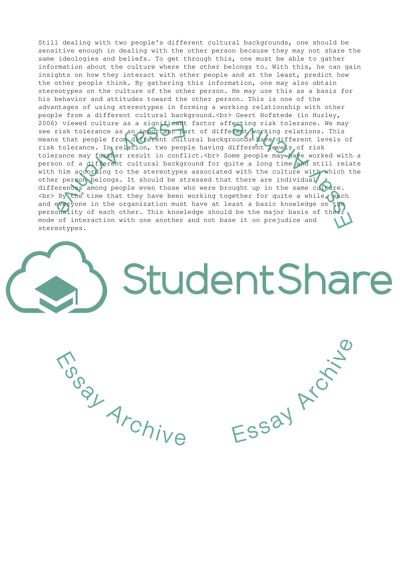Cite this document
(“Organizational Behavior: The Working Relationship Literature review”, n.d.)
Organizational Behavior: The Working Relationship Literature review. Retrieved from https://studentshare.org/management/1503846-organizational-behavior-essay
Organizational Behavior: The Working Relationship Literature review. Retrieved from https://studentshare.org/management/1503846-organizational-behavior-essay
(Organizational Behavior: The Working Relationship Literature Review)
Organizational Behavior: The Working Relationship Literature Review. https://studentshare.org/management/1503846-organizational-behavior-essay.
Organizational Behavior: The Working Relationship Literature Review. https://studentshare.org/management/1503846-organizational-behavior-essay.
“Organizational Behavior: The Working Relationship Literature Review”, n.d. https://studentshare.org/management/1503846-organizational-behavior-essay.


